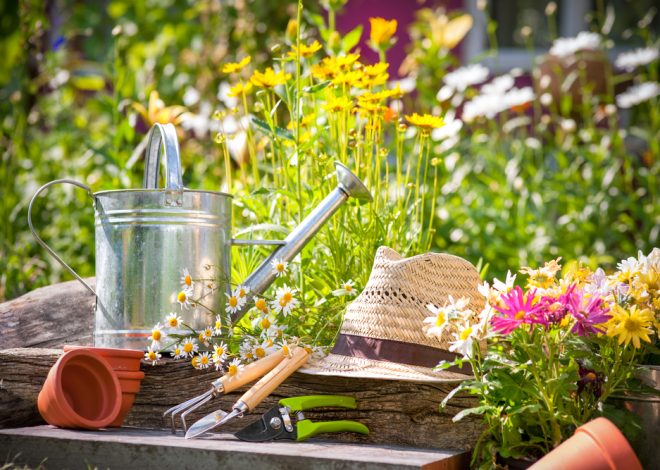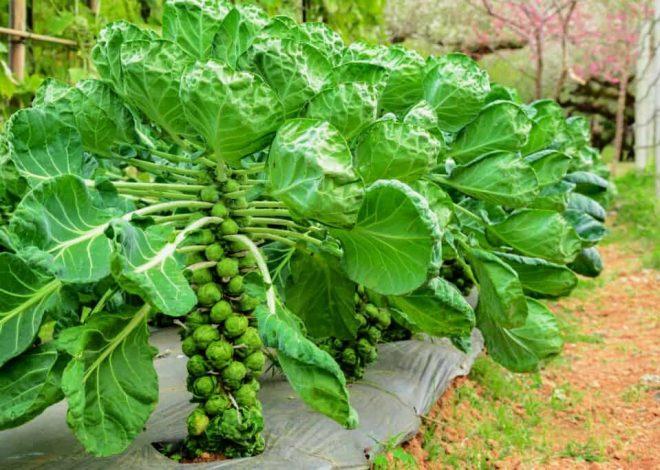
A DIY Indoor Garden System Guide for Every Space
This isn’t just a fantasy; it’s the very essence of DIY indoor gardening, a revolution blooming right at your fingertips. No matter your budget or space constraints, this guide will be your compass, leading you through the verdant world of cultivating your indoor oasis. Forget yearning for sunshine and fertile fields. We’ll unlock the secrets of soil-free hydroponics, nutrient-rich soil systems, and ingenious vertical setups, empowering you to transform any corner into a haven of fresh, homegrown goodness.
Exploring Different DIY Indoor Garden Systems
Embrace the magic of water and nutrients: Ditch the dirt and say hello to hydroponics, where plant roots dance freely in a nutrient-rich solution. This method boasts rapid growth, efficient water usage, and minimal mess, making it ideal for beginners and space-savvy gardeners alike.
Passive Playgrounds and Active Adventures: Dive into the world of passive hydroponics, where gravity and clever tubing designs deliver the good stuff to your plants. Imagine simple Kratky systems with repurposed jars or buckets – perfect for dipping your toes into the hydroponic pond. For a touch of tech magic, explore active hydroponics like Deep Water Culture (DWC) and Nutrient Film Technique (NFT), where pumps keep the nutrient flow constant, promising faster growth rates for more ambitious gardeners.
Feel the earthy grip of life: For those who cherish the tactile joy of gardening, soil-based systems offer a familiar embrace. Picture raised beds bursting with vibrant greens or vertical towers cascading with fragrant herbs – these setups are ideal for larger spaces and organic enthusiasts.
From Humble Pots to Towering Oases: Start your journey with classic container gardening, choosing breathable pots and nutrient-rich potting mixes. Unleash your inner architect with DIY tiered shelves or upcycled furniture transformed into vertical havens for your leafy companions. Remember, soil-based systems require regular watering and feeding, but the reward of nurturing life from the ground up is truly special.
Unleash your inner innovator: While hydroponics and soil-based systems dominate the landscape, unique alternatives beckon adventurous spirits. Explore aeroponics, where roots mist amidst thin air, where they bask in the ethereal shimmer of nutrient-infused fog. These cutting-edge techniques offer remarkable efficiency and controlled environments, ideal for experienced gardeners seeking a challenge.
Finding Your Green Footprint: Choosing the Perfect DIY Indoor Garden System
Beginner’s Harmony: Step onto the verdant stage with systems designed for gentle learning. Passive hydroponics with Kratky jars or simple wicking beds are low-maintenance wonders, perfect for nurturing your first basil plant or fragrant parsley patch. Soil-based container gardening also offers a familiar and forgiving environment, allowing you to master the art of watering and feeding at your own pace.
Advanced Allegro: As your confidence blossoms, so too can your system’s complexity. Dive into active hydroponics like DWC or NFT, where pumps and timers dance to your tune. Explore aeroponics, where roots pirouette in midair, or where a misty symphony surrounds your plants. Remember, these advanced techniques require a deeper understanding of nutrient mixes, pH levels, and automation, but the rewards of pushing your green boundaries are immense.
Compact Constellations: Living in a cozy studio doesn’t mean your indoor garden dreams have to shrink. Wall-mounted planters, hanging baskets, and tiered shelves transform vertical space into verdant playgrounds. Explore hydroponic towers that maximize output with minimal footprint, or utilize repurposed furniture for a touch of rustic charm. Remember, even a sunny windowsill can become a flourishing stage for herbs or microgreens, proving that great things can grow in small spaces.
Budget Beatitudes:
Thrifty Tunes: Don’t let financial constraints dim your green dream. Upcycled containers, plastic bottles, and even old shoes can be transformed into ingenious hydroponic vessels. Repurpose furniture, use recycled wood for raised beds, and scour thrift stores for vintage planters – your resourcefulness will be rewarded with a flourishing, budget-friendly garden. Remember, many hydroponic systems can be built with everyday materials, while soil-based setups thrive on homemade compost and natural fertilizers.
Investing in Green Glee: For those with more to spare, pre-made kits offer convenience and guaranteed success. Automated hydroponic systems with built-in lights and nutrient delivery systems take the guesswork out of gardening, while high-tech LED grow lights and smart monitoring tools can elevate your indoor oasis to a sophisticated level. Remember, an investment in quality equipment can save you time and resources in the long run, freeing you to focus on the pure joy of cultivation.
Conclusion
As we reach the end of this verdant voyage, your mind likely brims with the possibilities blooming before you. The seeds of knowledge have been sown, the tools for cultivation lie within your grasp, and now, the most exciting part begins: creating your own indoor Eden.
Share the Green Glow:
Don’t be a solitary gardener! Share your passion with friends and family, and inspire others to embark on their green journeys. Gift handcrafted plant stands, host terrarium-building workshops, or simply share photos of your flourishing oasis online. The more we spread the joy of indoor gardening, the more homes will be filled with the vibrant dance of life.
Keep Learning, Keep Growing:
This guide is just the beginning. Dive deeper into plant care guides, explore advanced techniques, and connect with the vibrant community of indoor gardeners. The more you learn, the more your confidence and skill will blossom, allowing you to cultivate increasingly ambitious and diverse indoor ecosystems.
Nurture Your Well-being:
Remember, indoor gardening is not just about growing plants; it’s about nurturing your well-being. The act of caring for another living being, the gentle rhythm of watering and pruning, the calming presence of greenery – these are all gifts to your mental and emotional health. As your garden thrives, so too will your spirit, finding solace and joy in the quiet power of life.
Frequently Asked Questions
Can I grow my food indoors?
Absolutely! From fragrant herbs and leafy greens to juicy tomatoes and even strawberries, a plethora of edible delights thrive in indoor gardens. Consider space constraints and light availability when choosing your vegetables, but rest assured, fresh, homegrown goodness is closer than you think.
Do I need special equipment to get started?
While pre-made kits and high-tech gadgets can enhance your experience, the basics of indoor gardening are surprisingly accessible. Upcycled containers, repurposed furniture, and everyday materials can be transformed into thriving homes for your plants. Remember, ingenuity and resourcefulness are your greatest allies.
I’m a complete beginner is DIY indoor gardening too hard?
Not at all! Many systems, like passive hydroponics and soil-based container gardening, are designed for gentle learning. Start with easy-to-care-for herbs like basil or parsley, and gradually build your confidence as you master the art of watering, feeding, and monitoring your verdant companions.
How much light do my indoor plants need?
Light is the lifeblood of your indoor garden. Research the specific needs of your chosen plants, but generally, 6-8 hours of daily light is optimal. Invest in LED grow lights for optimal intensity and spectrum, or strategically position your garden near sunny windows. Remember, proper lighting keeps your plants happy and thriving.
What about pests and diseases?
Even with the best intentions, pests and diseases can occasionally rear their ugly heads. However, proactive measures like organic pest control methods, maintaining proper airflow, and avoiding overwatering can keep your garden healthy. Early detection and swift action are key, so keep an eye on your plants and address any issues promptly.
Can I automate my indoor garden?
Absolutely! Timers for lights, irrigation systems for hydroponics, and even smart sensors that monitor nutrient levels and pH can take the manual labor out of indoor gardening. Consider your budget and comfort level when deciding on automation, but remember, even a hands-on approach can be incredibly rewarding.
Where can I find more information and support?
The world of DIY indoor gardening is a vibrant community! Online forums, dedicated websites, and social media groups offer a wealth of knowledge, troubleshooting tips, and inspiration. Don’t hesitate to reach out to experienced gardeners, share your successes and challenges, and learn from each other.





